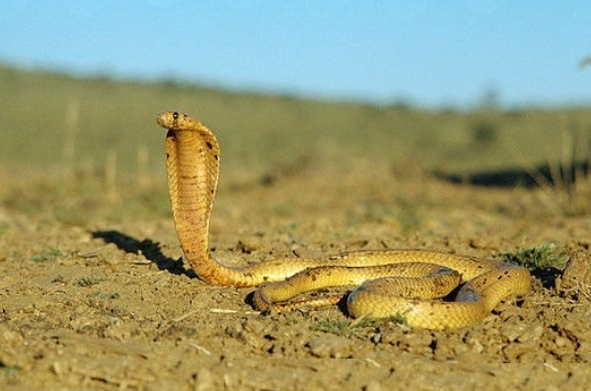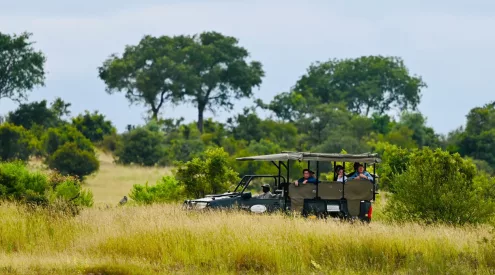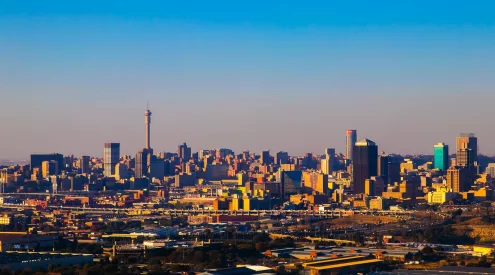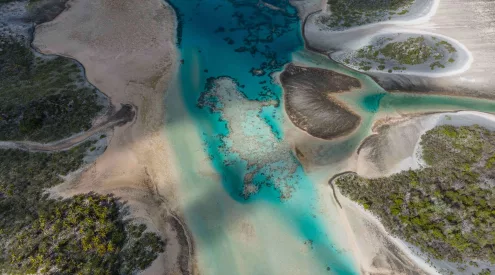A snake bite is no joke and for hikers, campers and outdoor lovers, encountering a snake is not unlikely. Knowing how to avoid getting bitten and what to do in case someone does could be the difference between life and death.
The African Snakebite Institute is the leading provider of professional training and resources on snake handling, as well as accredited courses for snake enthusiasts.

A Cape cobra.
Prevention is better than cure, and avoiding a snake bite in the first place is naturally ideal. Never interact or try to handle a snake if you encounter one in the wild. To treat snakes – like all wild animals – with respect means to observe them from a distance, never to interfere.
Wear protective clothing like long pants and boots or gaiters when planning to spend time in outdoor areas known for snakes.
Never put your hands or feet in out-of-sight places during activities like rock climbing and never walk barefoot and without proper outdoor lighting at night.
Here’s what to do if someone does get bitten:
Get the victim to a hospital as soon as possible and in a safe manner
Keep the number of the closest hospital (with a trauma unit) and ambulance service on your cell phone and call ahead to notify them of the emergency.
Keep the victim calm and as still as possible
Movement speeds up the spread of venom in the lymphatic system. Immobilise the victim, lay the victim down if possible and transport (or arrange transport) to the closest hospital. Elevate the affected limb slightly above heart level.
Remove rings and tight clothing
If bitten on the hand, arm, foot, or lower leg, remove rings, bangles, bracelets, watches, anklets and any other tight jewellery, as well as tight clothing and shoes.
Apply pressure bandages
If you are more than an hour from the closest medical facility, consider applying pressure bandages to the affected limb, but only in suspected Black Mamba or Cape Cobra bites.
IMPORTANT: Do not waste valuable time applying a pressure bandage – immediately transport the patient to the nearest hospital with a trauma unit and, if possible, apply the pressure bandage whilst travelling.
Pressure Bandages
Pressure immobilisation may be beneficial and inhibit the spread of venom while the victim is transported to hospital. It should not be used in spitting cobra or adder bites where excessive swelling is anticipated, but rather for bites from the Cape Cobra and Black Mamba. The idea is not to slow down blood flow, but rather to put pressure on the lymphatic system and, in doing so, reduce the rate at which venom is absorbed.
The application of a pressure bandage is rather complex and requires training to get the pressure right. Ideally make use of a Smart bandage.
How to apply a pressure bandage
– Immobilise the limb and immediately apply firm pressure to the site of the bite with a hand.
– Wrap the bite site tightly with a Smart bandage and continue wrapping the entire limb from the bite towards the heart.
– For the pressure bandage to be most effective, it must be applied at a very specific pressure – 50 -70 mmHg on a blood pressure monitor. This is easily achieved with a Smart bandage and near impossible with a regular crepe bandage.
– This is not easily achieved without proper training but, as already mentioned, it is unlikely to cause any ill effects in Black Mamba or Cape Cobra bites.
– For bites on the foot or leg, once the pressure bandage has been applied properly, splint the leg to immobilise it and bind the two legs together to maximise immobilisation.
– If the bite is on a hand, straighten the arm and, once the immobilisation bandages have been applied, splint the straightened arm to immobilise it. After applying the pressure bandage, check for the presence of a pulse below distal to the bandage. Check the pulse every 10-15 minutes. If the pulse is not palpable, then the pressure bandage should be removed and the need for it reassessed.
– Provided there is no contraindication to it staying in place, the pressure bandages should remain in place until such time as the patient reaches a hospital and must only then be removed by a medical doctor.
Download the ASI’s app for first aid information, snake identification features, snake removals information and more.
See a comprehensive list of professional snake removers in the country in case of a snake in the house. You can also reach the Poisons Information Helpline on +27 861 555 777.
Source: ASI
Image credit: Instagram/wildliferisk

















